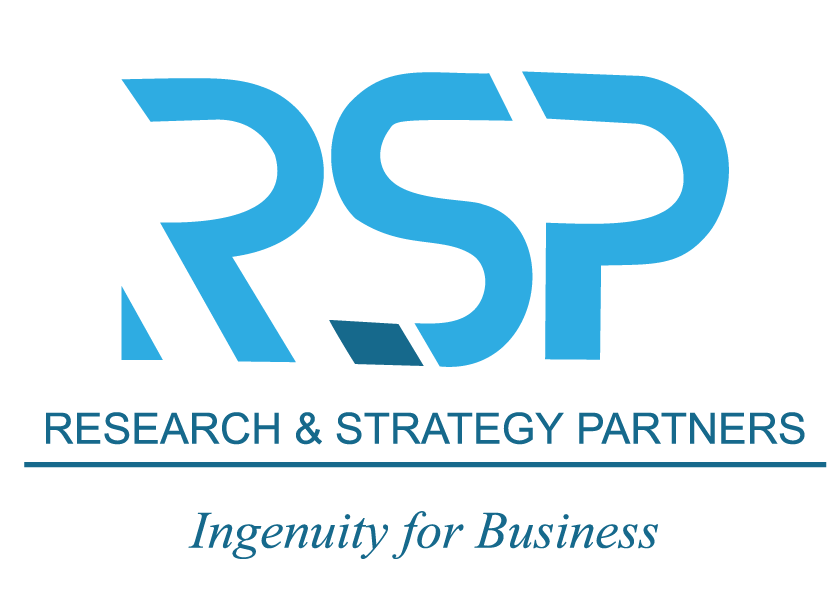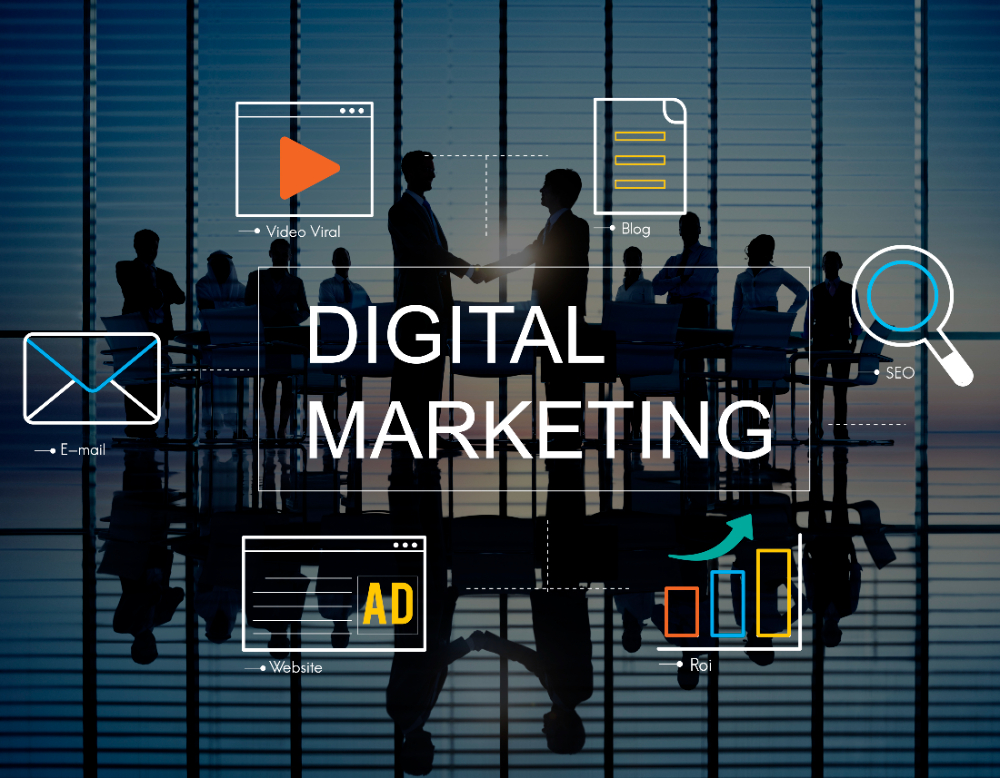The Ultimate Guide for 2025
In today’s hyper-competitive digital landscape, businesses are constantly searching for innovative ways to generate quality leads. With consumers engaging across multiple platforms, relying on a single channel for lead generation is no longer sufficient.
Multi-channel lead generation strategies are a powerful approach that leverages multiple touchpoints to attract, engage, and convert prospects.
Why Multi-Channel Lead Generation is Essential in 2025
The modern buyer’s journey is anything but linear. Today’s consumers interact with brands across social media platforms, email campaigns, search engines, and more before making a purchase decision. According to recent studies, businesses that adopt multi-channel strategies achieve a 91% higher customer attraction and retention rate compared to those that don’t.
By diversifying your lead generation efforts, you can:
– Reach a Wider Audience: Different channels attract different demographics. A multi-channel approach ensures you’re not missing out on potential leads.
– Build Trust and Credibility: Consistent messaging across multiple platforms reinforces your brand’s authority and reliability.
– Increase Brand Visibility: The more channels you’re active on, the more opportunities you have to be seen by your target audience.
– Improve Conversion Rates: Engaging prospects on their preferred platforms increases the likelihood of conversion.
In 2025, the importance of multi-channel strategies will only grow as consumer behavior continues to evolve. Businesses that fail to adapt risk being left behind.
Key Components of a Successful Multi-Channel Lead Generation Strategy
To create a winning multi-channel lead generation strategy, you need to understand and leverage the strengths of each channel. Here are the key components to focus on:
1. Leverage Social Media Platforms
Social media remains one of the most effective channels for lead generation. Platforms like LinkedIn, Instagram, TikTok, and Facebook offer advanced targeting options to reach your ideal audience.
– Lead Generation Ads: Platforms like Facebook and LinkedIn offer built-in lead generation forms that make it easy for users to share their information without leaving the app.
– Organic Content: Share valuable content that resonates with your audience, such as tips, tutorials, and behind-the-scenes looks at your business.
– Interactive Polls and Stories: Use interactive features to engage users and gather insights about their preferences.
2. Optimize Your Website for Conversions
Your website is the hub of your multi-channel strategy. Ensure it’s optimized for SEO and user experience (UX) to attract and retain visitors.
– High-Converting Landing Pages: Design landing pages with clear calls-to-action (CTAs) and compelling copy to encourage conversions.
– Exit-Intent Popups: Capture leads who are about to leave your site with targeted offers or discounts.
– Chatbots: Use AI-powered chatbots to answer questions and guide visitors toward conversion.
– A/B Testing: Continuously test and refine your website elements to improve performance.
3. Harness the Power of Email Marketing
Email marketing continues to deliver one of the highest ROIs of any marketing channel. Use it to nurture leads and move them through the sales funnel.
– Personalized Email Campaigns: Tailor your emails based on user behavior, preferences, and demographics.
– Automated Drip Sequences: Set up automated email sequences to nurture leads over time.
– Lead Magnets: Offer valuable resources like eBooks, webinars, or free trials in exchange for contact information.
4. Invest in Paid Advertising
Paid ads on Google, Bing, and social media platforms can amplify your reach and drive targeted traffic to your website.
– PPC Campaigns: Use pay-per-click advertising to target specific keywords and demographics.
– Retargeting Ads: Re-engage users who have previously visited your website but didn’t convert.
– Programmatic Advertising: Use AI to automate ad placements and target users based on their behavior.
5. Create Engaging Content
Content is king when it comes to lead generation. Develop blog posts, videos, infographics, and case studies that address your audience’s pain points.
– Blog Posts: Write in-depth articles that provide value and rank well on search engines.
– Videos: Create engaging video content for platforms like YouTube, TikTok, and Instagram.
– Case Studies: Showcase success stories to build trust and demonstrate your expertise.
6. Utilize SMS and WhatsApp Marketing
With open rates exceeding 98%, SMS and WhatsApp marketing are becoming the go-to channels for lead generation.
– Personalized Messages: Send tailored messages that resonate with your audience.
– Exclusive Offers: Provide special deals or discounts to encourage action.
– Time-Sensitive Promotions: Create a sense of urgency with limited-time offers.
7. Leverage Influencer Partnerships
Collaborating with influencers in your niche can help you tap into their engaged audience.
– Influencer-Generated Content: Partner with influencers to create authentic content that promotes your brand.
– Affiliate Marketing: Offer influencers a commission for every lead or sale they generate.
How to Integrate Multi-Channel Strategies for Maximum Impact
To maximize lead generation, it’s crucial to integrate your multi-channel efforts seamlessly. Here’s how:
– Use a CRM System: Tools like HubSpot, Salesforce, or Zoho CRM can help you track leads across channels and automate follow-ups.
– Implement UTM Tracking: Use UTM parameters to monitor the performance of your campaigns and identify which channels are driving the most leads.
– Create a Consistent Brand Experience: Ensure your messaging and branding are consistent across all channels to build trust and recognition.
Stay ahead of the competition by leveraging the latest tools and technologies:
– AI-Powered Marketing Tools: Use AI to personalize content, predict customer behavior, and automate lead scoring.
– Marketing Automation Platforms: Tools like Marketo and ActiveCampaign can streamline your multi-channel efforts.
– Analytics Tools: Platforms like Google Analytics 4 provide insights into user behavior and campaign performance.
Measuring Success: Key Metrics to Track
To ensure your multi-channel strategy is working, monitor these key metrics:
– Conversion Rates: Track how many leads are converting into customers.
– Cost Per Lead (CPL): Measure the cost-effectiveness of each channel.
– Engagement Rates: Analyze how users are interacting with your content.
– Customer Lifetime Value (CLV): Determine the long-term value of leads generated through multi-channel efforts.
Conclusion
Maximizing lead generation with multi-channel strategies is no longer optional—it’s a necessity. By diversifying your approach and leveraging the latest trends and technologies, you can attract high-quality leads and drive sustainable growth. Remember, the key to success lies in integration, consistency, and continuous optimization.
By incorporating these strategies and keywords, your business can stay ahead of the curve and dominate the lead generation game.
Rethinking your B2B Outreach Strategy?
Whether it’s scaling your lead generation, optimizing your outreach, or building a high-converting growth strategy, we’re here to help.
We know your audience. We have the Expertise in identifying key decision-makers and know how to reach them.
We know your audience. We have the Expertise in identifying key decision-makers and know how to reach them.
Contact us today!
partners@research-strategy.com


Leave a Reply